Category: Found Apple Project
-
Nana’s Summer Strawberry Cheesecake (Gluten Free)
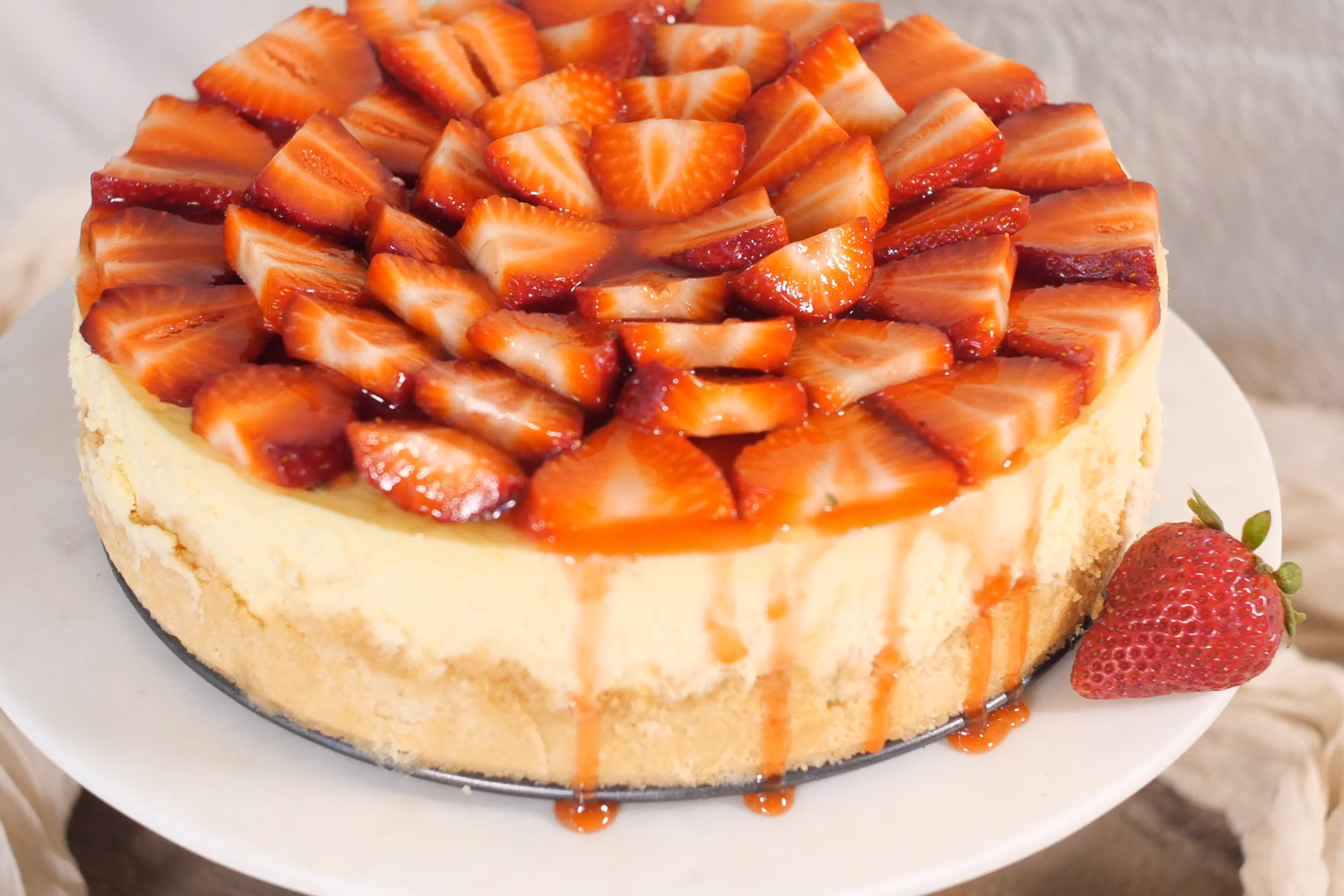 Read more: Nana’s Summer Strawberry Cheesecake (Gluten Free)
Read more: Nana’s Summer Strawberry Cheesecake (Gluten Free)Learn how to make a classic and delicious, gluten-free cheesecake with this foolproof recipe from my Nana. Includes step by step guidance—complete with water bath tips and beginner-friendly advice.
-
6 Easy Herbs Every Beginner Gardener Should Plant First
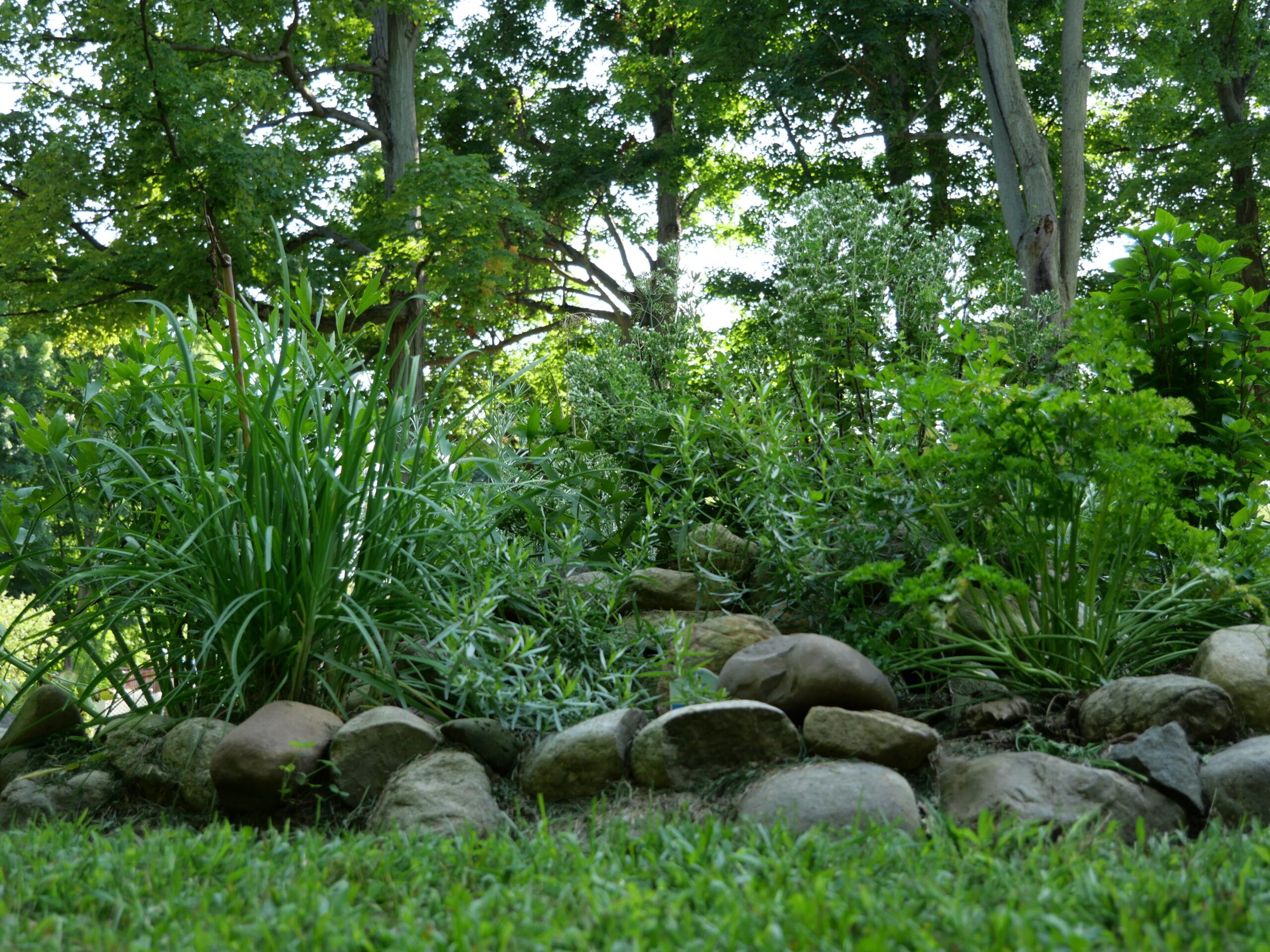 Read more: 6 Easy Herbs Every Beginner Gardener Should Plant First
Read more: 6 Easy Herbs Every Beginner Gardener Should Plant FirstAbout an Herb What are herbs, and why should you plant them?Herbs are incredibly versatile, which is why they can be defined in many different ways. A botanist might consider an herb to be any seed-bearing plant that isn’t “woody,” while a gardener might focus on an herb’s many practical uses. Fortunately, Merriam-Webster recognizes both…
-
Hot Honey Mustard & Bacon Dressing
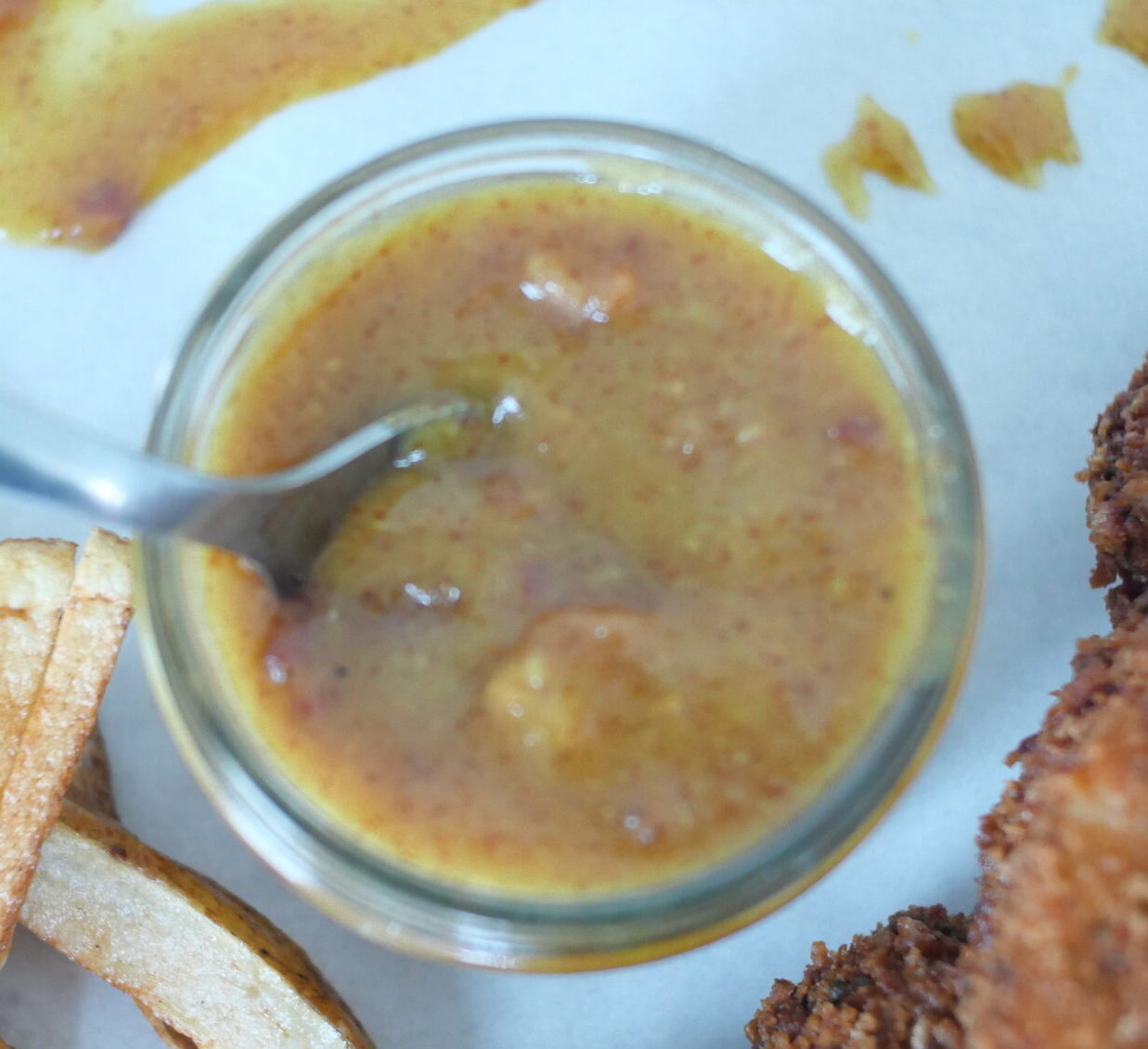 Read more: Hot Honey Mustard & Bacon Dressing
Read more: Hot Honey Mustard & Bacon DressingLooking for a delicious sauce for salads, chicken tenders, and more? This family favorite is perfect for dipping, dunking, and pouring over everything! When my dad opened his restaurant, Grindhouse Gourmet Burgers, in 2012, he set out to craft a menu that made people say “wow”—no matter how small the item, whether it was a salad dressing or one…
-
Triple Battered Gluten Free Chicken Tenders & Fresh Cut Fries
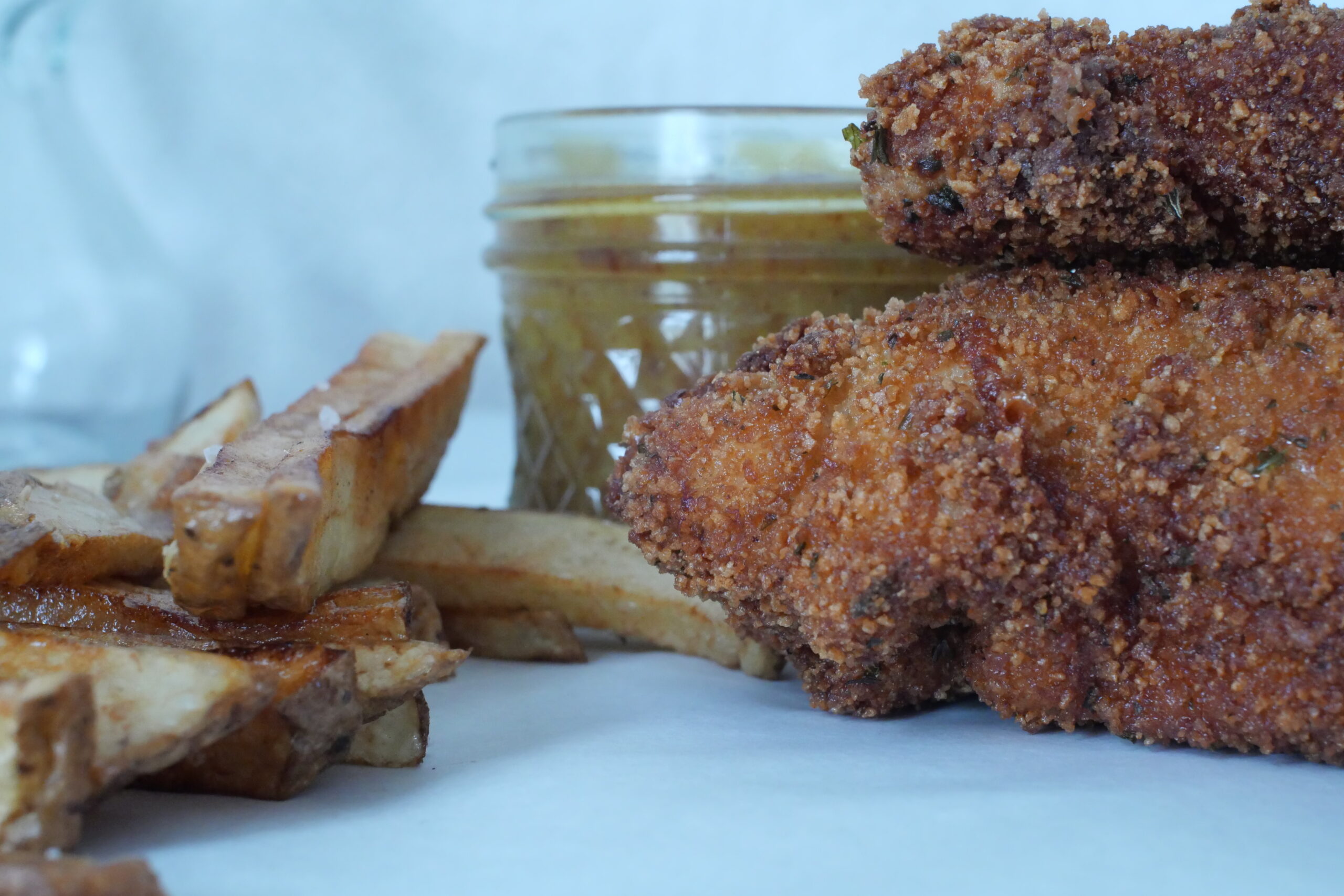 Read more: Triple Battered Gluten Free Chicken Tenders & Fresh Cut Fries
Read more: Triple Battered Gluten Free Chicken Tenders & Fresh Cut FriesChicken tenders are food of the gods—followed closely by chocolate milkshakes. If you disagree, you’re on the wrong food blog. Be gone with ye, foul demon! For me, chicken tenders are the ultimate comfort food. When I was younger, my dad worked in a diner. I spent countless hours at the counter, legs swinging from…
-
Apple Cider Syrup
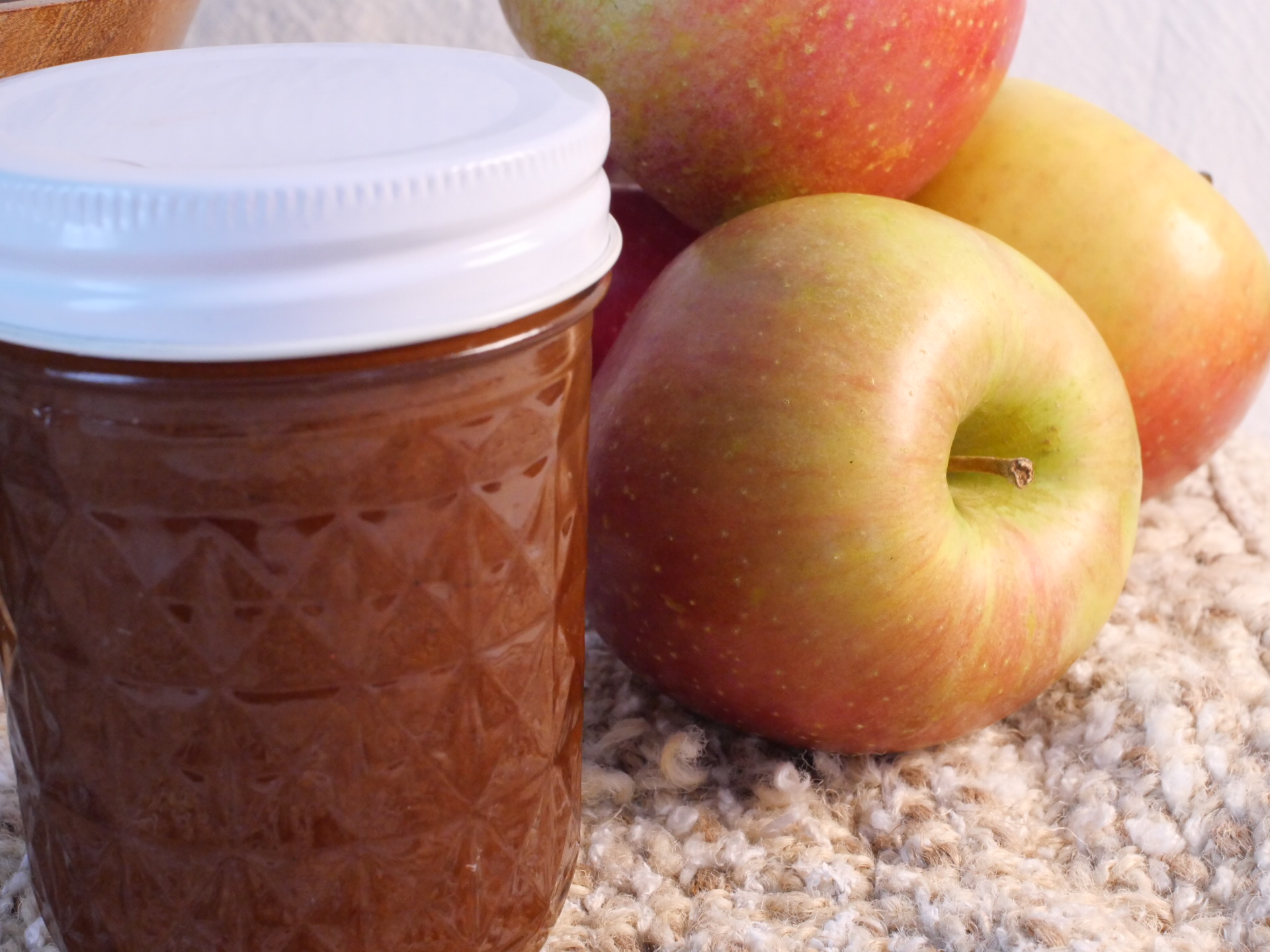 Read more: Apple Cider Syrup
Read more: Apple Cider SyrupThis recipe came about by accident while I was experimenting with new ways to use and preserve the excess fresh-pressed cider left over from last year’s hard cider batch. There’s always some cider left after filling all my primary fermentation vessels, and I wanted to see if it would crystallize into sugar the same way…
-
Died and Gone to Monticello
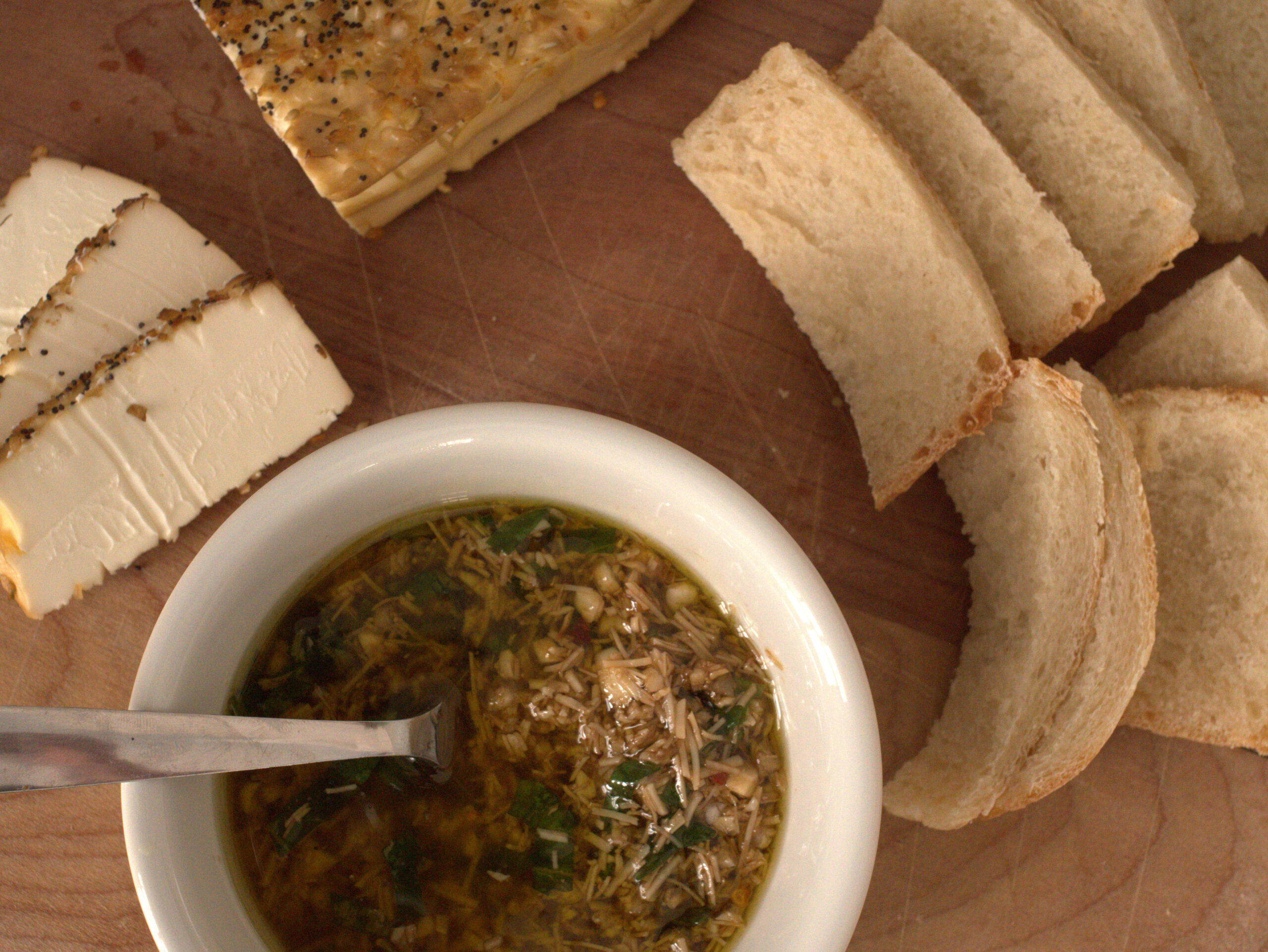 Read more: Died and Gone to Monticello
Read more: Died and Gone to MonticelloAround the second month of dating my current husband (yes, current—Joshua, stay on your toes), I learned about a family tradition. He showed up at the apartment I was renting at the time with a small plastic container and demanded that I eat some of its contents… and then kiss him. The dish is a dip…
-
Hop into Spring With this Easy Easter Dinner Menu!
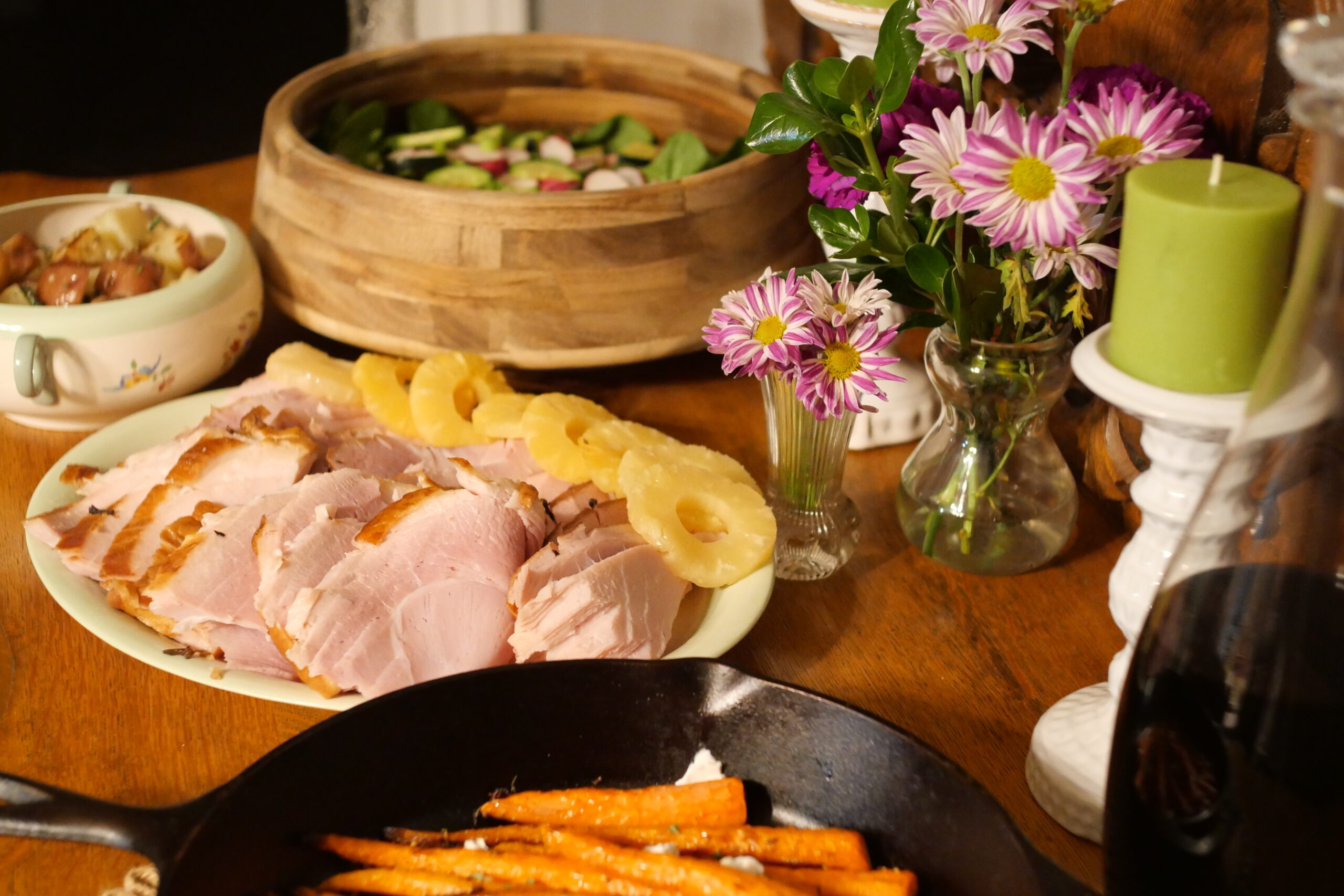 Read more: Hop into Spring With this Easy Easter Dinner Menu!
Read more: Hop into Spring With this Easy Easter Dinner Menu!About Easter is one of my favorite holidays. When I was a kid, my family made this holiday feel so incredibly special. No matter where we were living, we always made the drive out to Great Grandma Della’s house for the annual Easter Egg Hunt. Nana and Grandma went all out—hiding Easter eggs and baskets…
-
Classic Gluten Free Lemon Tart
 Read more: Classic Gluten Free Lemon Tart
Read more: Classic Gluten Free Lemon TartAbout When life gives you lemons…..Make a tart! Lemon is both my favorite scent and favorite flavor. Its bright citrus packs a delightful punch that puckers your lips in the best way. It always makes me think of spring– that time of year where color bursts into life and leaves gray winter, cold weather and…
-
Lemon Thyme Roasted Potatoes
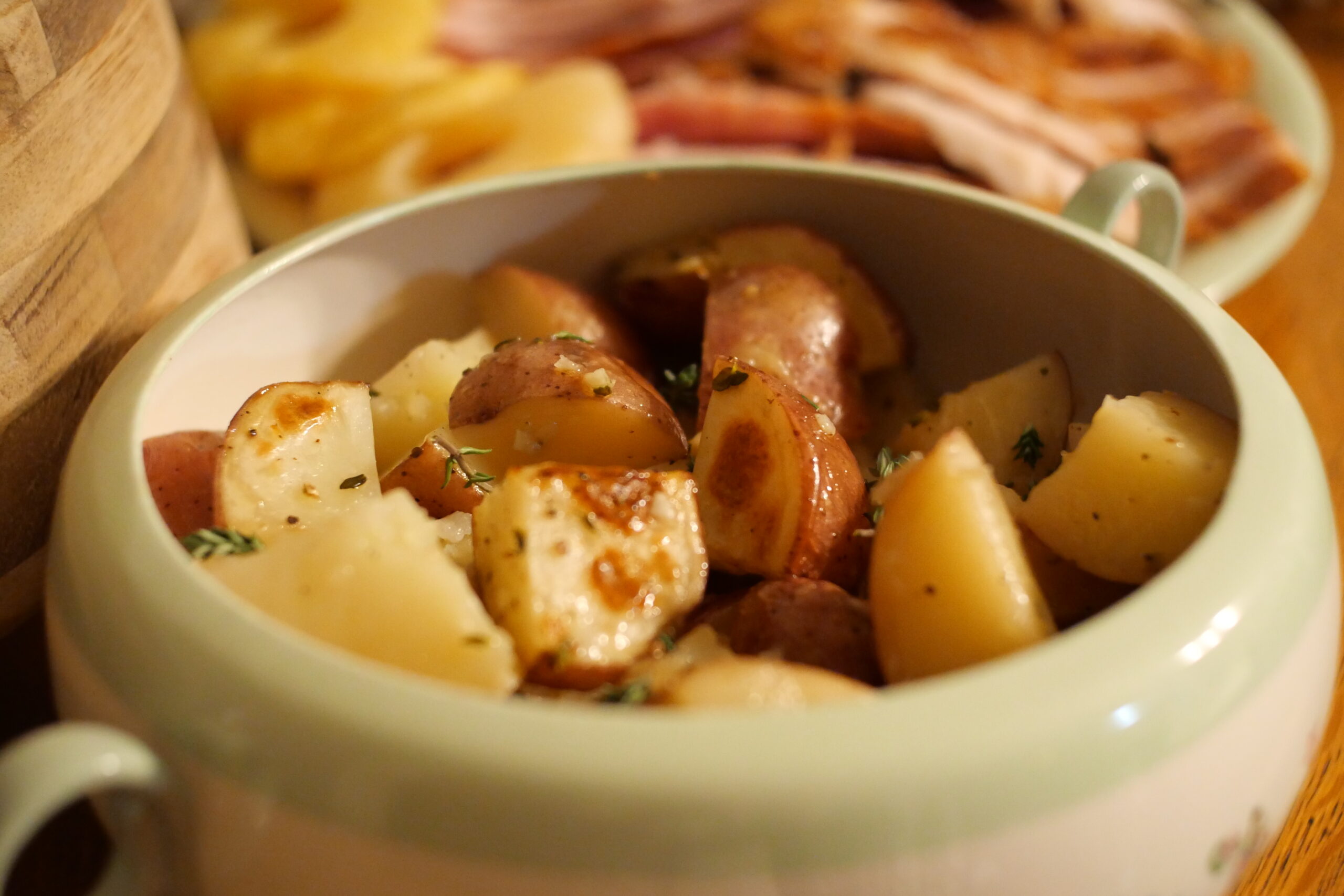 Read more: Lemon Thyme Roasted Potatoes
Read more: Lemon Thyme Roasted PotatoesAbout Potatoes are the best part of any meal. I love potatoes in all their forms, and I’m particularly fond of roasted potatoes because all you have to do to make them work with literally any meal is adjust the spices you use. In this case, we chose lemon and thyme because it felt like the perfect…
-
Honey Glazed Herbed Carrots with Goat Cheese
 Read more: Honey Glazed Herbed Carrots with Goat Cheese
Read more: Honey Glazed Herbed Carrots with Goat CheeseAbout Carrots are a well loved and versatile vegetable that is relatively easy to prepare. Carrots are like jeans, they can be dressed up or dressed down depending on the occasion. In this case I wanted a formal dinner worthy carrot dish– and aside from being a bit on the nose, what with it being…
